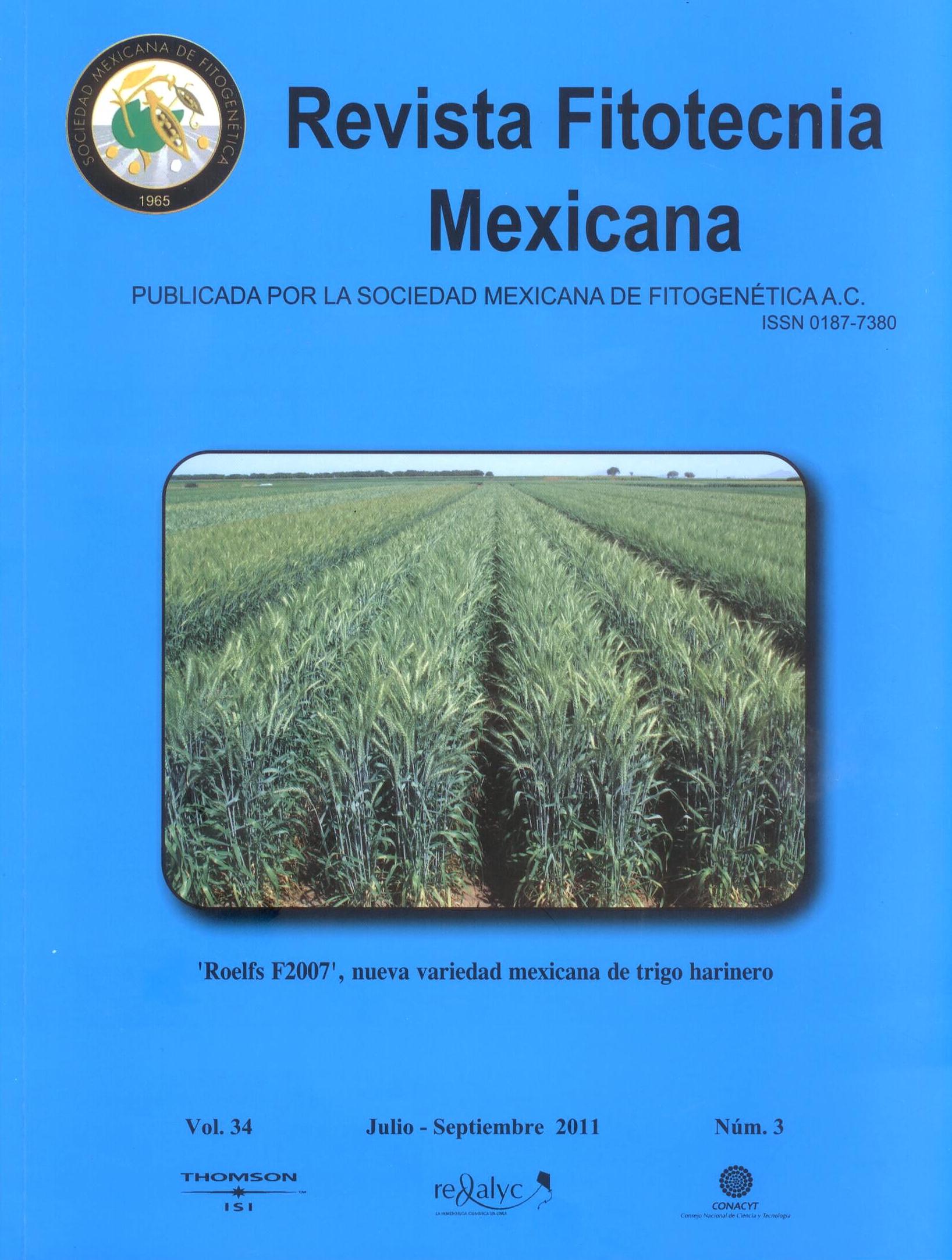MODELS FOR ESTIMATING GROWTH AND GROWTH EFFICIENCY IN Pinus patula PLANTATIONS IN RESPONSE TO THINNING
Main Article Content
Abstract
The strong linear relationship between projected leaf area (LA) of a tree and the sapwood area (SW) or living tissue in the stem (i.e., LA:SW) can be used to evaluate the growth effi ciency (GE) of a forest. The objective of this research was to estimate and analyze the ratio LA:SW and the growth efficiency of Pinus patula Schl. et Cham. trees planted and thinned in 2004 at Ixtlán, Oaxaca, México. In the Summer 2009, 30 trees in six plots corresponding to six thinning levels, were cut in order to estimate LA and SW area, as well as for measuring different GE indices. We found that thinning caused signifi cant gains (P ≤ 0.05) in SW, AF, stem and basal branch diameters, and in wood volume per tree. SW of the transversal section of the stump (0.30 m) is the best tree section for estimating LA with the model LF = 0.090(SW)-0.395, (R2 = 0.82); with this model we estimated that each square centimeter of SW at the stump, at 1.30 m and at the living crown sections of the stem are supplying sap to 0.082, 0.090 and 0.149 m2 of LA, respectively. Th e annual increase in wood volume (MAIV) can be predicted as a function of LA with the linear model: MAIV = 3.68+0.58(LA), (R2 = 0.70); this model shows that wood volume (MVIV) would increase when LA is increased. Even when in this study we found no signifi cant eff ect (P ≥ 0.05) of tree thinning rates on the annual rate of wood volume growth (MVIV) (12.7 dm3 of wood per m2 of LA in thinned plots vs. 11.0 in non thinned plot), after five years the total wood volume per tree in thinned plots was higher (P < 0.05) by 50 to 275 % compared to the non thinned control.

